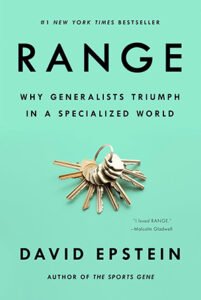|
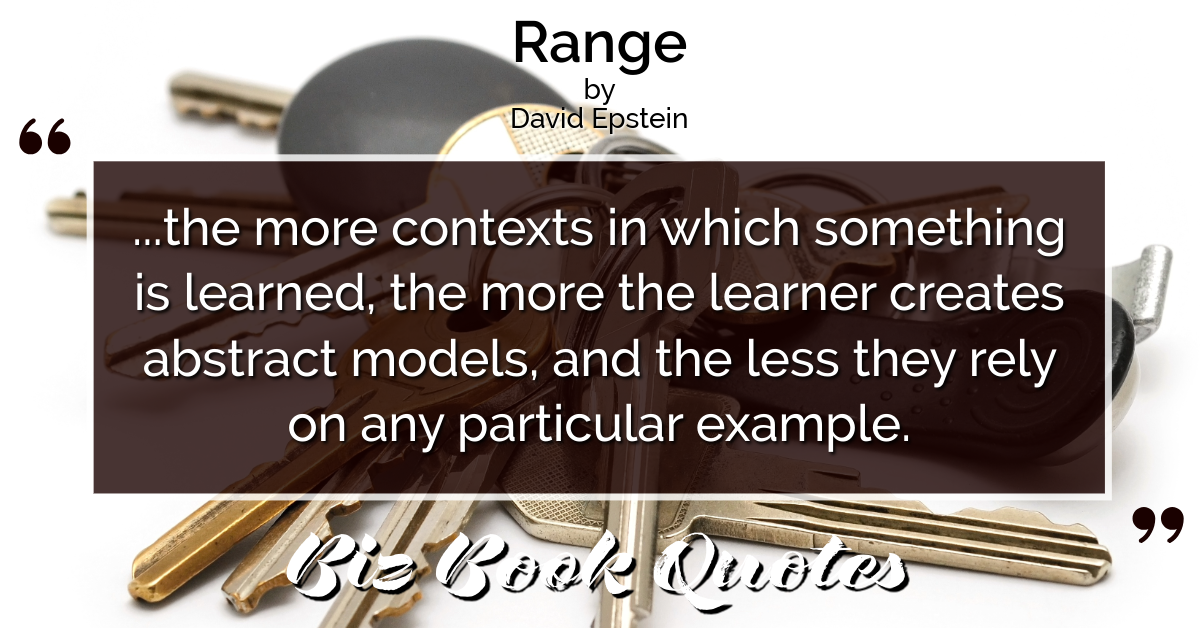
|
Range:
…the more contexts in which something is learned, the more the learner creates abstract models, and the less they rely on any particular example.
|
077 |
|
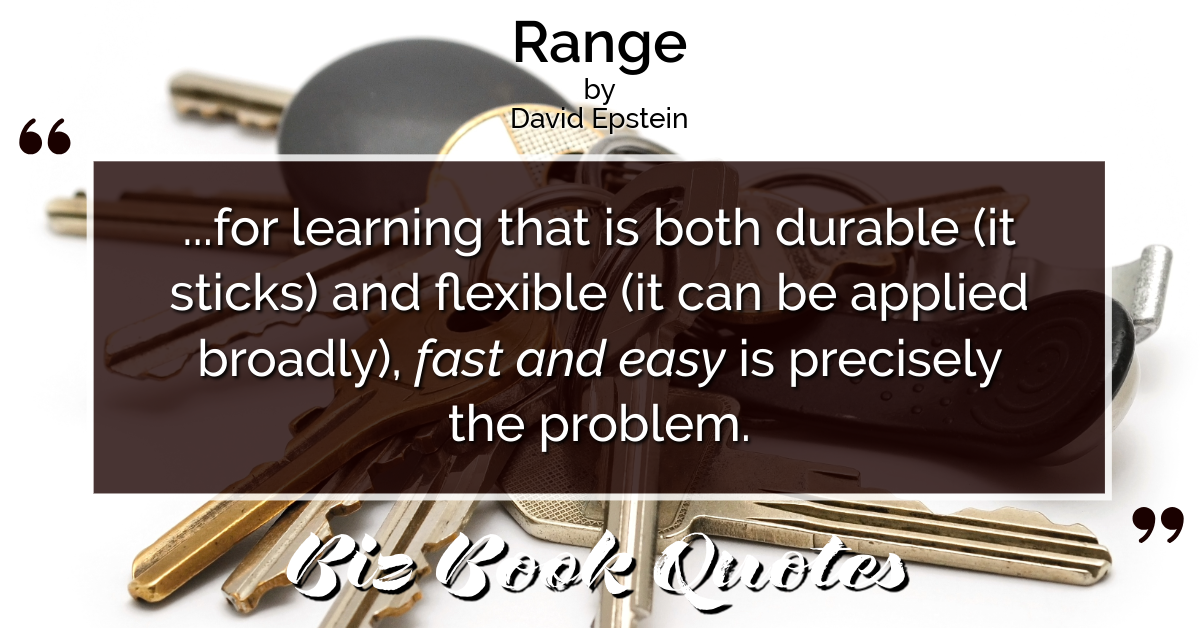
|
Range:
…for learning that is both durable (it sticks) and flexible (it can be applied broadly), fast and easy is precisely the problem.
|
085 |
|
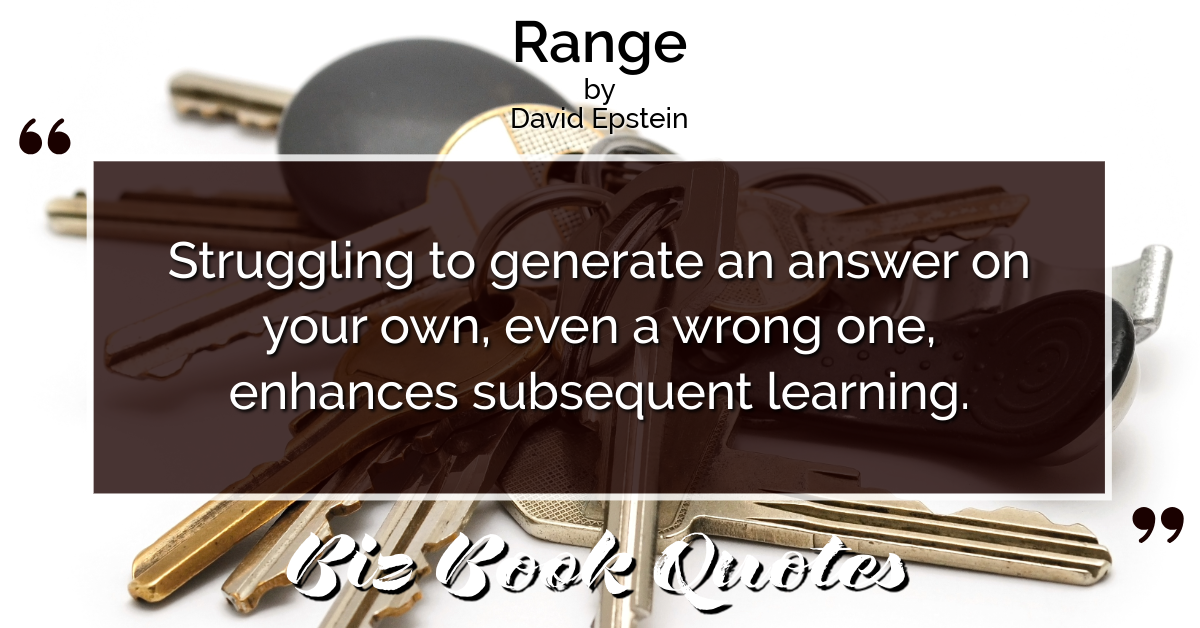
|
Range:
Struggling to generate an answer on your own, even a wrong one, enhances subsequent learning.
|
085 |
|
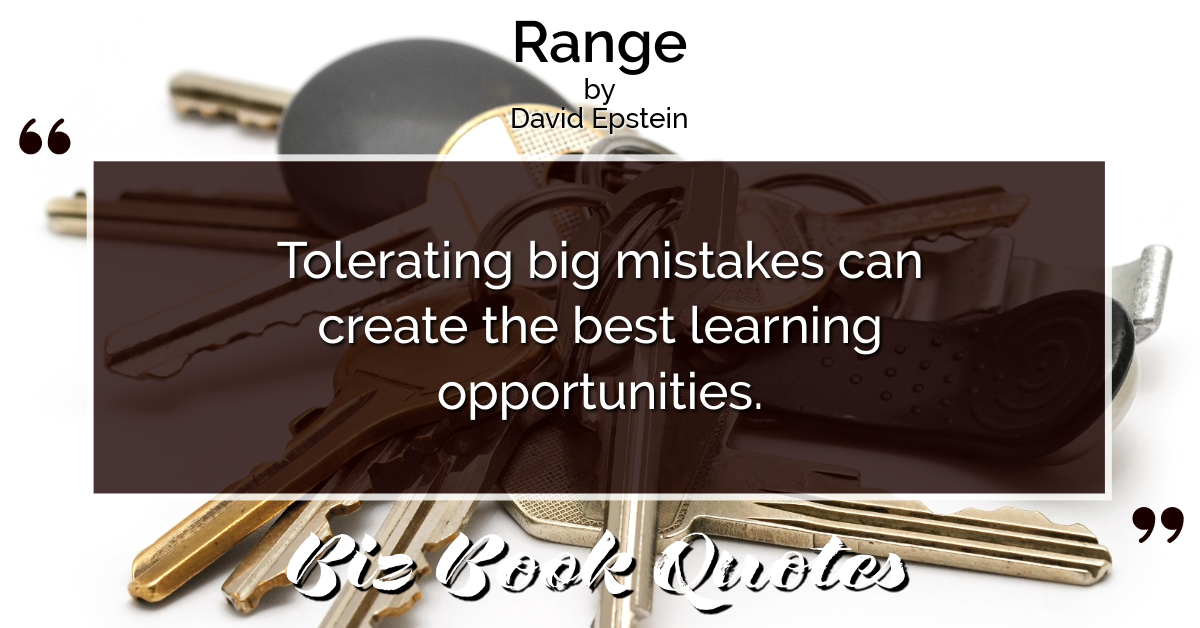
|
Range:
Tolerating big mistakes can create the best learning opportunities.
|
086 |
|
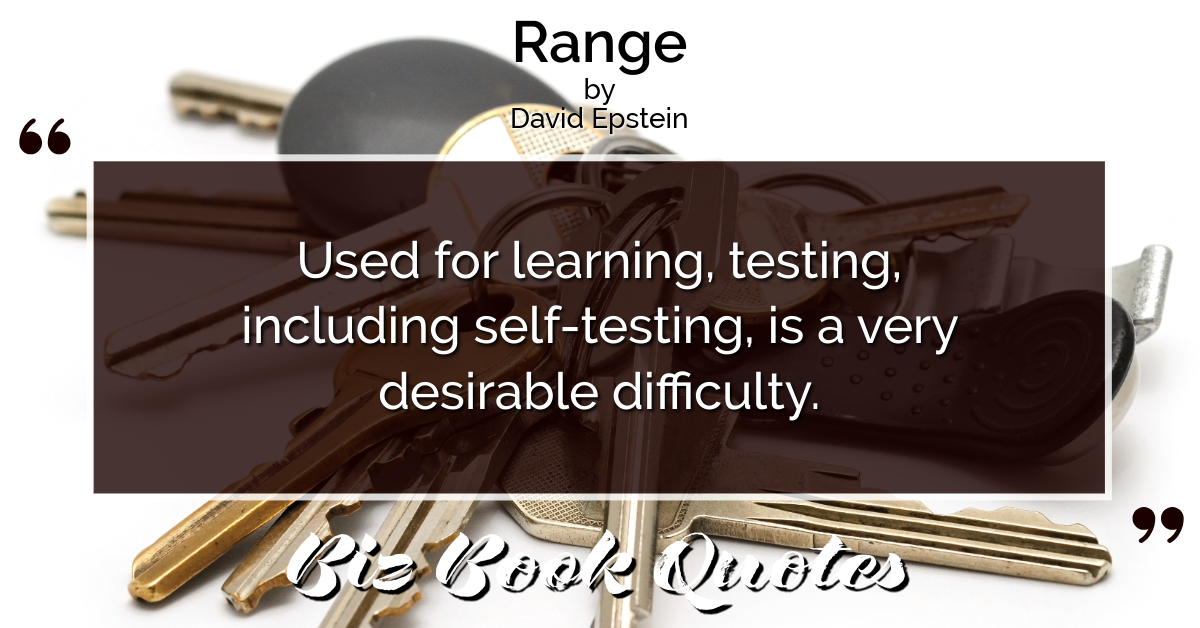
|
Range:
Used for learning, testing, including self-testing, is a very desirable difficulty.
|
087 |
|
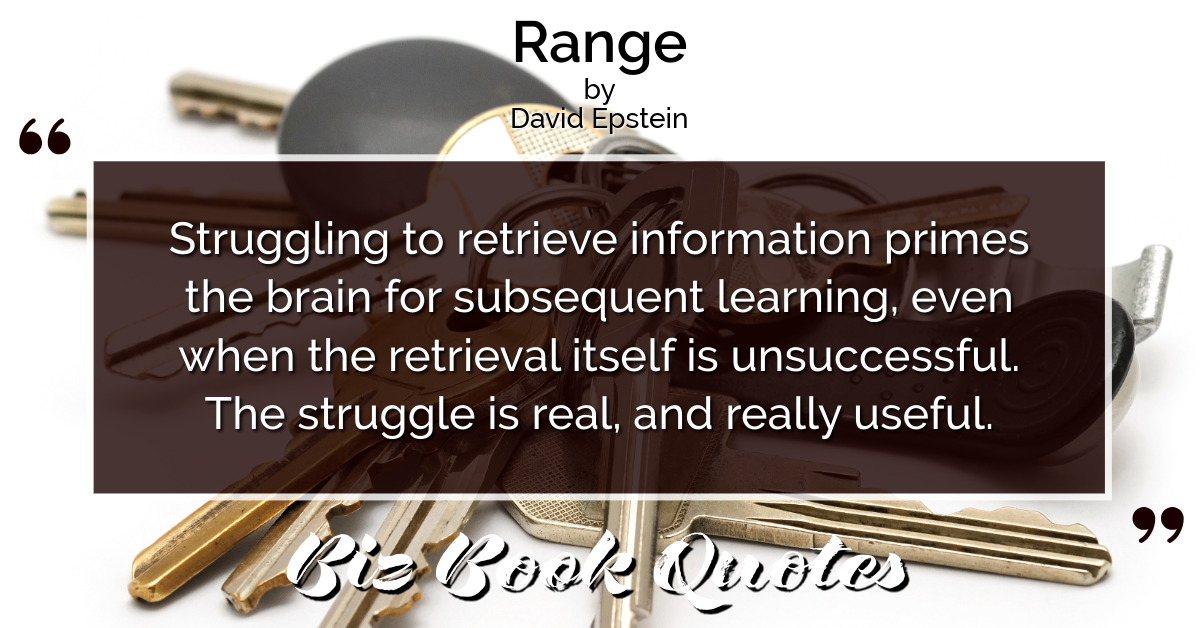
|
Range:
Struggling to retrieve information primes the brain for subsequent learning, even when the retrieval itself is unsuccessful. The struggle is real, and really useful.
|
088 |
|
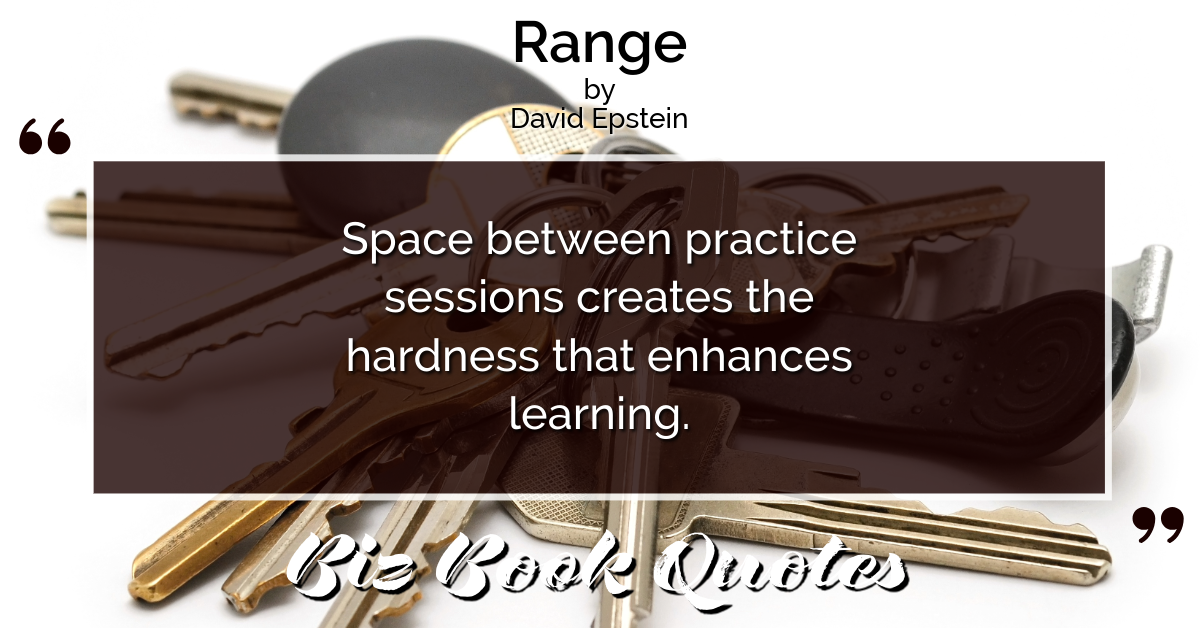
|
Range:
Space between practice sessions creates the hardness that enhances learning.
|
088 |
|
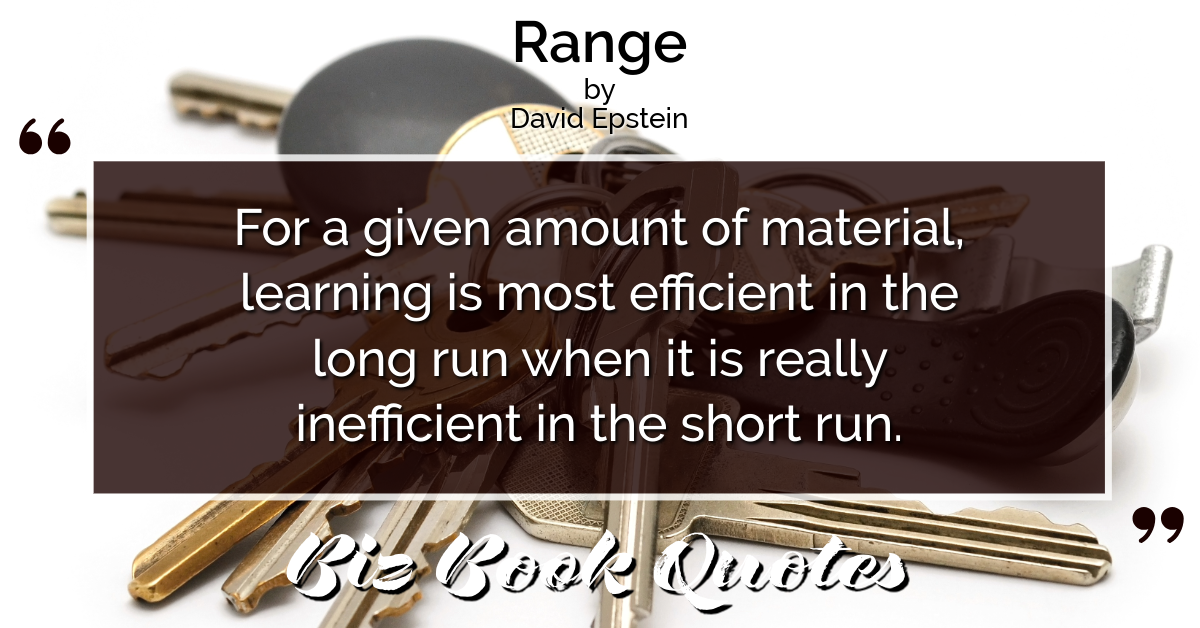
|
Range:
For a given amount of material, learning is most efficient in the long run when it is really inefficient in the short run.
|
089 |
|
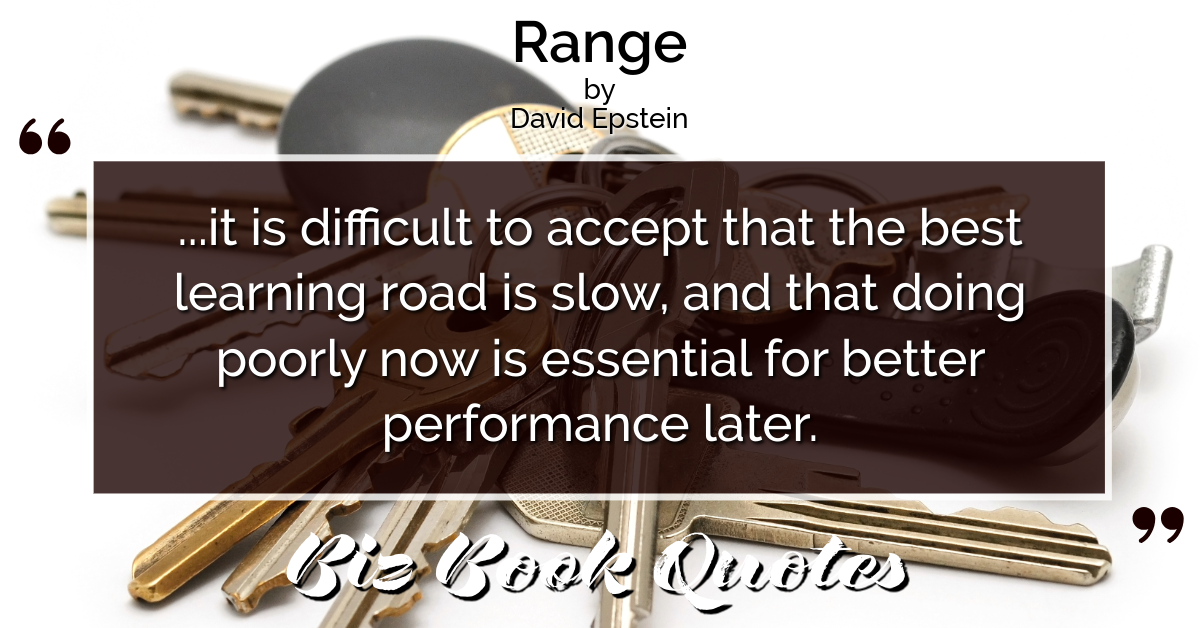
|
Range:
…it is difficult to accept that the best learning road is slow, and that doing poorly now is essential for better performance later.
|
090 |
|
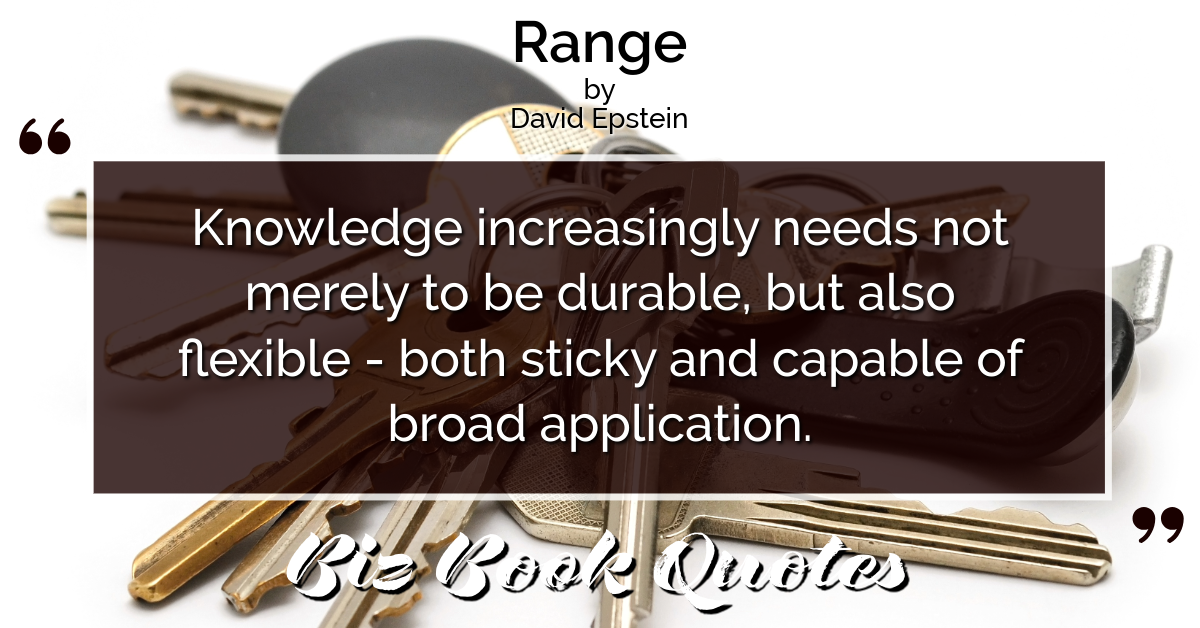
|
Range:
Knowledge increasingly needs not merely to be durable, but also flexible – both sticky and capable of broad application.
|
094 |
